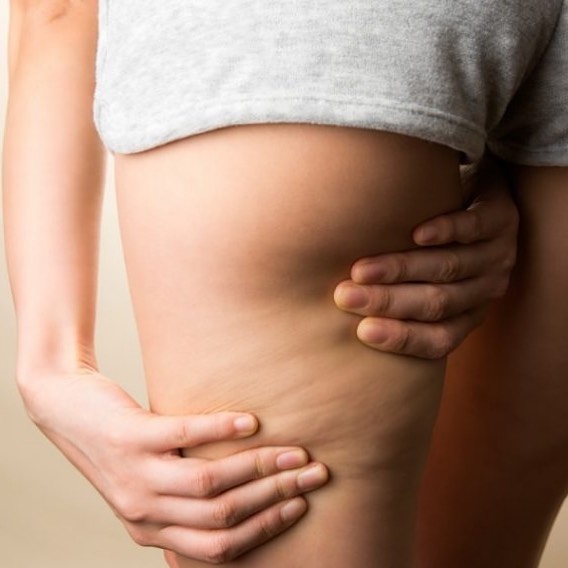Table of Contents
Which foods to prefer to fight cellulite: all the detox foods to bring to the table.
What is cellulite
There cellulite consists in the inflammation of the subcutaneous tissues due to an excess of adiposity. The fat essentially inflames the skin cells, causing the typical ‘orange peel’ effect.
This phenomenon occurs mainly in the areas of thighs and buttocks and pain is often felt by putting pressure on these parts of the body. Cellulite is often associated with water retention: the fat accumulated in the subcutaneous tissues retains excess water and causes further pain and stiffening. It turns out to be fundamental the intake of suitable foods, rich in water and mineral salts.

Detox foods against cellulite
Excessive consumption of salt, fatty condiments such as butter and oil and above all sugars complexes and carbohydrates surely they are foods to avoid. To avoid the formation of cellulite, however, there are specific detox foods that we must prefer.
THE sprouts for example, they help in the drainage of liquids, also fighting water retention. Sprouts of fennel, leek and red cabbage are functional to the elimination of body waste and can be consumed in sweet or savory recipes.
The green vegetables then they are excellent allies against cellulite: in fact they contain potassium in large quantities, which helps diuresis.
Green light for peas, spinach, lettuce, asparagus and mint. The asparagus in particular they are a real cure-all, being mostly composed of water and lowering blood sugar levels.
The foods they contain Omega 3 they are perfect anti-cellulite detoxes as they are useful in reducing inflammation of the subcutaneous tissues and also help hormonally for women. This group includes fish such as anchovies, mackerel, tuna but also legumes, cereals and dried fruit.
Do not neglect the intake of fruits and vegetables which is essential for proper hydration and to detoxify from waste. Cucumbers, celery, pineapple, grapes and papaya are the most suitable for fighting cellulite.
READ ALSO: Cellulite in the buttocks: causes, symptoms and how to eliminate it











